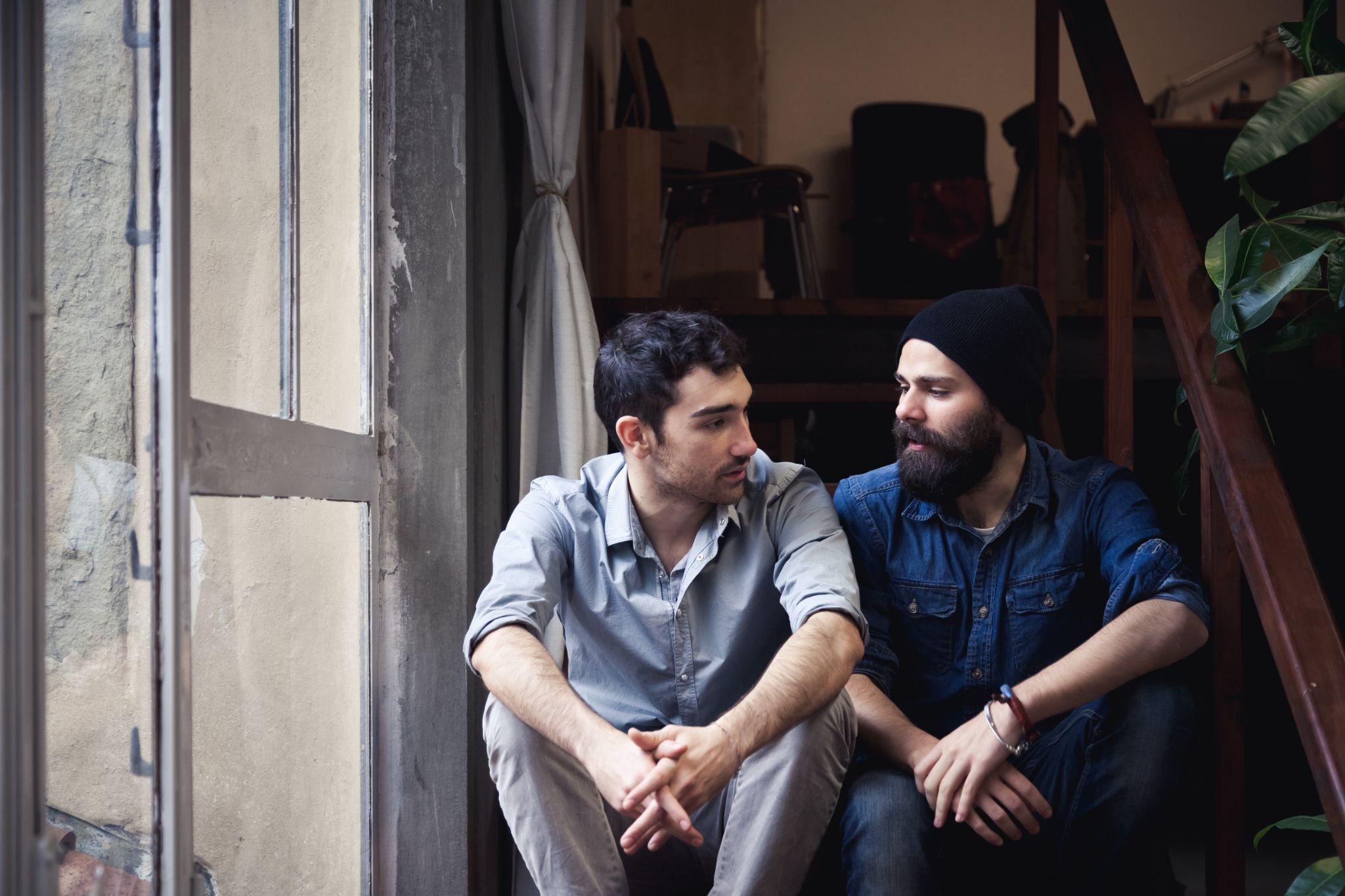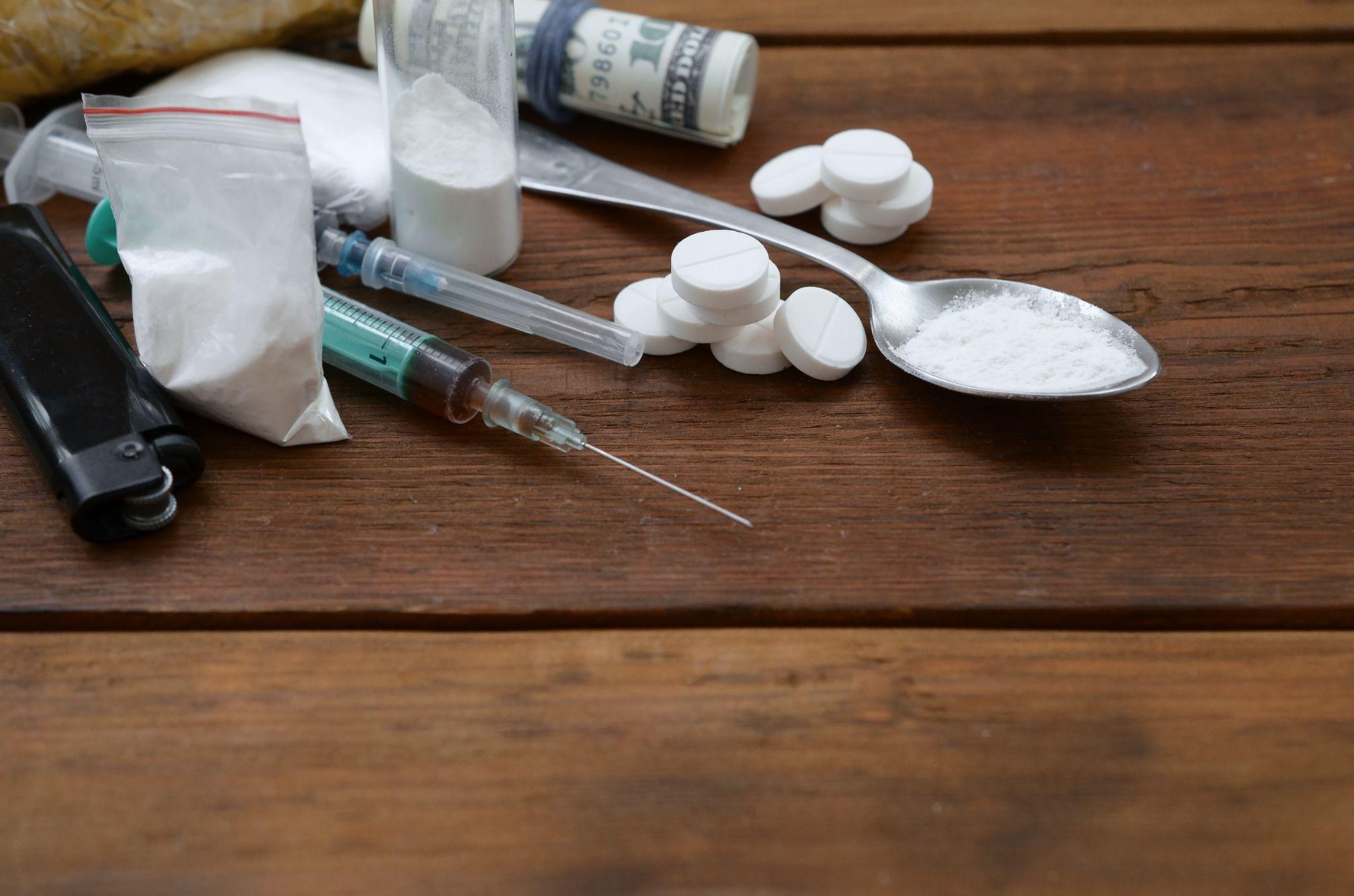Discovering that a loved one might be using drugs is a distressing and overwhelming experience. One of the signs that can indicate drug use is the presence of drug paraphernalia. These items are often used to consume, produce, or conceal drugs.
Understanding what to look for can help you identify potential issues early and take the necessary steps to provide support. Lumina Recovery aims to educate concerned loved ones about the various types of drug paraphernalia, so you can better understand and address the situation.
What Is Drug Paraphernalia?
According to federal law, drug paraphernalia is defined as “any equipment, product or material of any kind which is primarily intended or designed for use in manufacturing, compounding, converting, concealing, producing, processing, preparing, injecting, ingesting, inhaling, or otherwise introducing into the human body a controlled substance.”1
Possession of drug paraphernalia is also against the law. The U.S. Code Title 21 Section 863 states that there are drug paraphernalia laws making it illegal for anyone to sell, transport via mail or interstate commerce, or import or export drug paraphernalia.2
Types of Drug Paraphernalia
1. Smoking Devices
Pipes: These can be made from a variety of materials, including metal, glass, wood, acrylic, stone, plastic, and ceramic. They may or may not have a screen, punctured metal bowl, or hashish head. Pipes can be used to smoke various substances, including marijuana, methamphetamine, and crack cocaine. They may look similar to tobacco pipes but often have a more elaborate design.
Bongs: Also known as water pipes, bongs are used to smoke marijuana. They filter smoke through water before inhalation. Bongs can vary in size and are typically made of glass, plastic, or ceramic.
Vaporizers: These devices heat substances to create vapor instead of smoke. They are commonly used for marijuana and nicotine. Vaporizers can look like pens or USB drives, making them harder to identify.
Bowls: Bowls are objects used to hold burning material for smoking and come in various shapes and sizes, tailored to the substance being used. Marijuana is often smoked from a colorful bowl with an elongated mouthpiece.
Aluminum Foil: Aluminum foil is often utilized to smoke various drugs, including cocaine and heroin. It is particularly prevalent for smoking prescription painkillers. Smoking these substances allows the drug to enter the bloodstream more quickly than ingesting them, making this method more attractive to users.
2. Injecting Equipment
Needles and Syringes: These are used to inject drugs like heroin, cocaine, and methamphetamine directly into the bloodstream. Finding needles or syringes is a clear sign of intravenous drug use.
Tourniquets: These are used to make veins more visible and easier to inject into. Items like belts, rubber tubing, or shoelaces can be used as makeshift tourniquets.
Cookers: These are small containers used to heat and dissolve drugs before injection. Common items repurposed as cookers include bottle caps and spoons.
Bandanas, Spoons, Bottle Caps, and Belts: These items frequently signal intravenous (IV) drug use. Although various substances can be injected intravenously, opiates are the most commonly used in this manner.
3. Snorting Tools
Straws and Tubes: Small, often cut-down straws or tubes are used to snort drugs like cocaine or heroin. They can be made from plastic or metal.
Razor Blades and Cards: These are used to chop drugs into fine powder for snorting. Razor blades, credit cards, or ID cards are often used for this purpose.
Rolled-Up Dollar Bills, Straws, and Pens: Pens can be taken apart, and straws can be cut down for the purpose of snorting drugs. Substances that are often crushed and snorted include, heroin, cocaine, methamphetamine, ecstasy, and various pills.
4. Concealment Devices
Stash Cans: These look like everyday items (soda cans, hairbrushes) but are hollowed out to hide drugs or paraphernalia. They can be surprisingly convincing and difficult to spot.
Fake Containers: Similar to stash cans, these are designed to look like normal objects, such as books or household products, with hidden compartments.
Clothing: Some clothing items have secret pockets or compartments to hide drugs or paraphernalia. Bags and backpacks may also have hidden sections.
5. Other Common Paraphernalia
Rolling Papers and Blunts: Used to roll and smoke marijuana. Blunts are often cigars that have been hollowed out and filled with marijuana.
Grinders: These are used to break down marijuana buds into a finer consistency for smoking. Grinders can be made from metal, plastic, or wood.
Scales: Small digital scales are used to measure drug quantities. They are often pocket-sized and highly portable.

What to Do If You Find Paraphernalia
If you find any of these items, it is crucial to approach the situation with care and sensitivity.
Try to communicate. Have an open and honest conversation with your loved one. Express your concerns without judgment. Use “I” statements to avoid sounding accusatory, such as “I am worried about you because I found these items.” Prepare for the conversation by choosing a calm time and place where you can talk without interruptions.
Listen actively. During the conversation, listen more than you speak. Give your loved one the opportunity to explain their side. Show empathy and understanding, as this can help build trust and openness.
Seek support. Reach out to professionals who can provide guidance and support. This can include counselors, addiction specialists, and support groups for families. Professional guidance from addiction treatment centers can help you navigate the complexities of addiction and provide resources for both you and your loved one.
Offer help. Encourage your loved one to seek treatment. Offer to help them find resources and accompany them to appointments if they are willing. Show them that you are there to support them through the recovery process.
Stay patient and hopeful. Recovery is a long and often difficult journey. There may be setbacks along the way, but staying patient and hopeful can make a significant difference. Celebrate small victories and continue to offer your support.
Support Your Loved One’s Recovery With Lumina Recovery
Recognizing drug paraphernalia is an essential step in addressing potential substance abuse issues. Remember to approach the situation with empathy and seek professional help to navigate this challenging time. Your support can make a significant difference in their journey toward recovery.
Lumina Recovery offers specialized programs tailored to address a wide array of drug types, ensuring holistic and individualized treatment for each client.
Reach out today to make a difference in their journey towards a healthier, drug-free life.
Sources:


